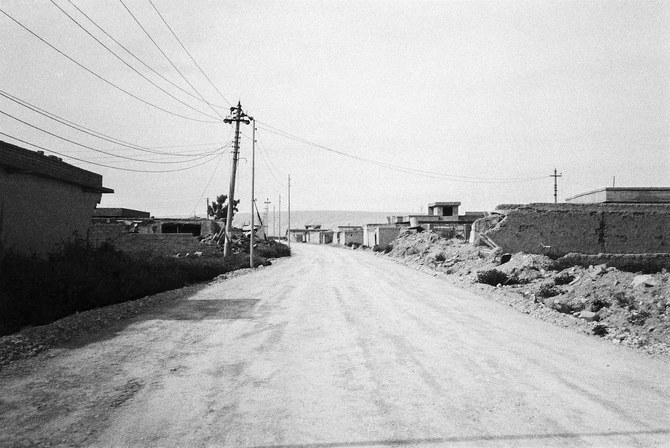
- ARAB NEWS
- 09 Jul 2025

DUBAI: A startling black and white photograph of a dilapidated bomb-shelled building with a large gaping hole stares viewers in the eye. The image was captured on Aug. 3, 2014, when before sunrise, Daesh militants attacked Kocho, a Yazidi village in Iraq’s South Sinjar.
Some residents managed to flee but most did not make it past the outskirts of the village. They subsequently faced a genocidal campaign that engulfed the entire Yazidi community in the district, leading to the death and disappearance of thousands of people.
Some estimates place the number of Yazidis massacred or kidnapped at 12,000, while others say the figure could be as high as 400,000.
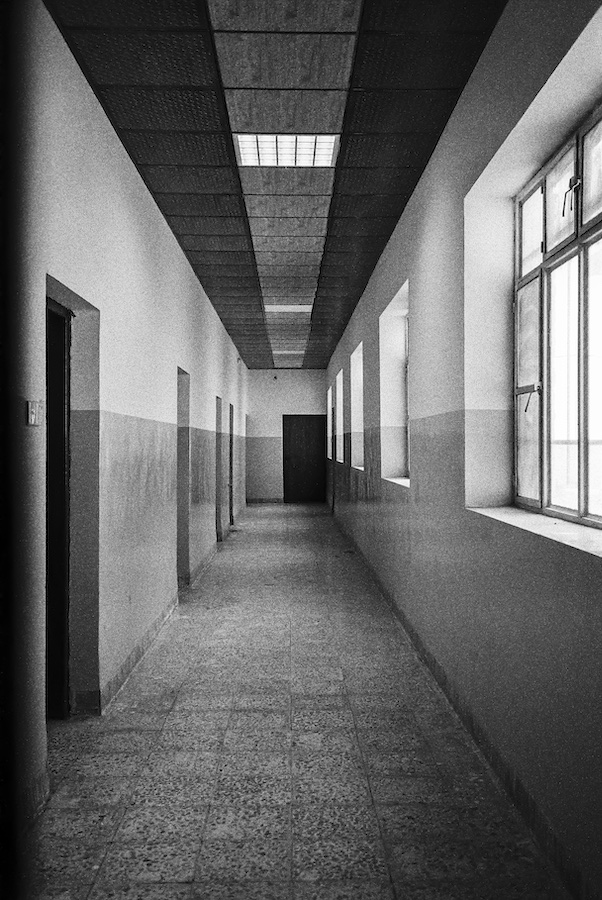
About 2,800 women and children remain in captivity to date. Those who survived are still recovering from the trauma.
On Aug. 1, the UK joined more than 18 governments and international bodies around the world that officially recognize the genocide of the Yazidis by Daesh.
Nine years after the genocide, London-based filmmaker and photographer Yad Deen and collaborator Renas Babakir are staging HOME, a new online photo exhibition dedicated to raising funds for the Yazidi community — still one of the most persecuted groups in Iraq.
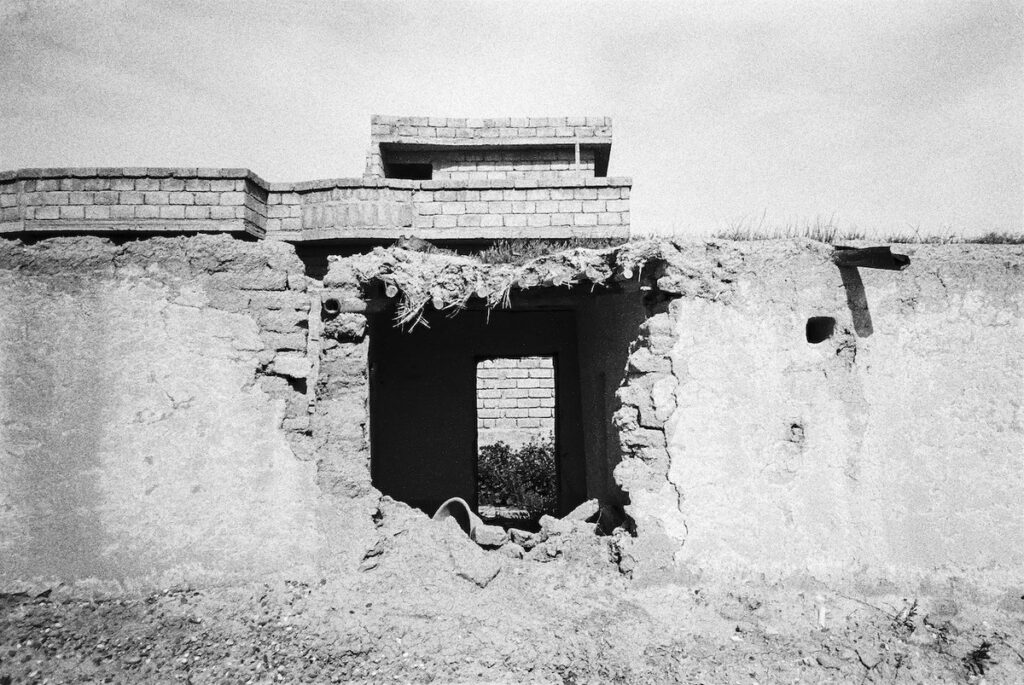
Deen has produced a collection of 12 black and white photographs of Kocho, one of the most severely-impacted villages in Sinjar. Each photograph in the series is accompanied by an account given by Dawd Salim Bashar Loko, a Yazidi guardian of Kocho, and a survivor of the genocide.
“When Renas and I were in Sinjar during March and April this year, we both immediately noticed the same thing: Most people’s houses were still in ruins, as were local shops,” Deen told Arab News. “Nothing had changed since I was in Sinjar in 2015, two weeks after its liberation from so-called ‘Islamic State’ militants. We traveled to the old bazaar, and to our further shock, the only element of the area that was clear were the roads.
“The burned and destroyed buildings that were once beautiful domestic dwellings and shops were just as I had seen them back in 2015. Alas, the old bazaar’s present aided in my recollection of its past. That was another sign that Sinjar was being forgotten and neglected.”
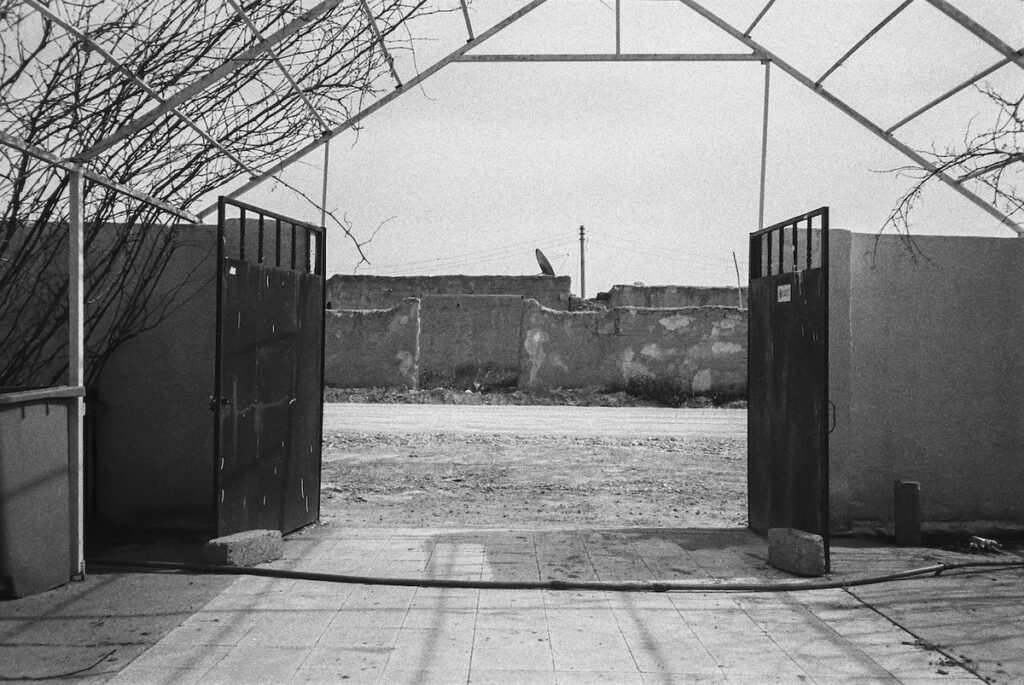
HOME, said Deen, is a voluntary initiative to help Yazidi families rebuild their still-ruined homes.
Deen and Babakir are working with Sinjar Academy to identify the families that have returned and identify their construction needs, be it repairs on roofs, doors, windows, or anything else within the exhibition’s capacity.
“One must remember that there are many, many homes that are completely destroyed and must be rebuilt,” Deen added. “This is a future project that we have discussed with Murad Ismael, president and co-founder of Sinjar Academy, and something we hope that HOME will eventually lead to.”
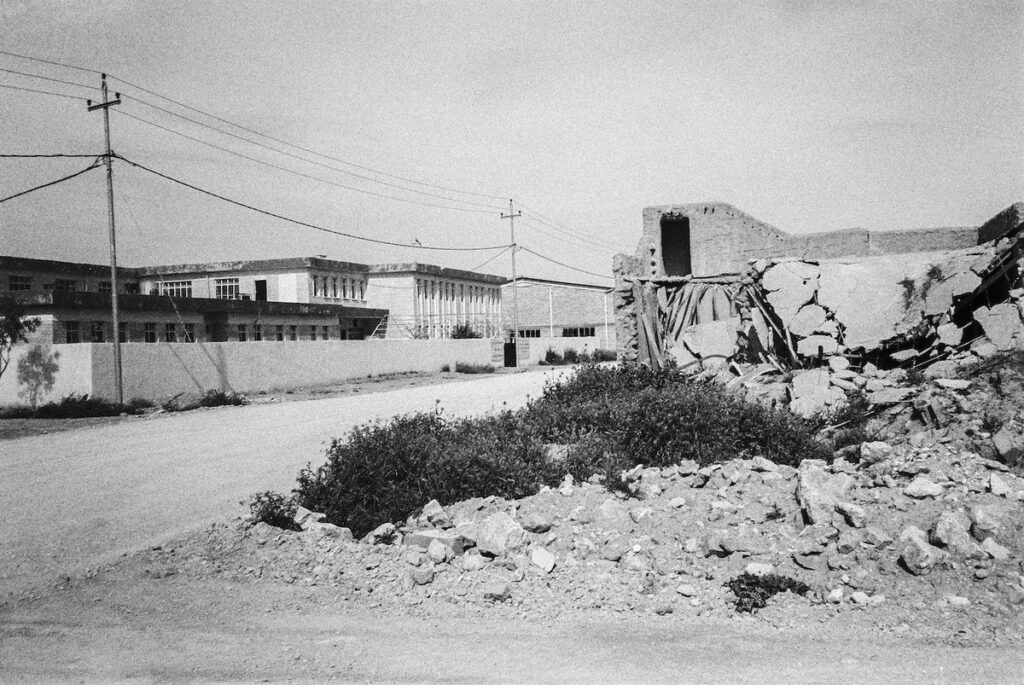
Through the photographs and personal accounts, Deen and Babakir are striving to keep the memories of the Yazidis alive.
“Despite what they have been through at the hands of so called ‘Islamic State’ militants and endured in the dire conditions of internally displaced persons camps, Yazidi families are determined to return to their homes,” Deen said.
“The first struggle is funding the journey back to Sinjar, which is followed by what they need to settle back into their homes and render them inhabitable again.”